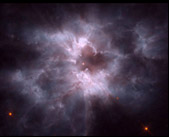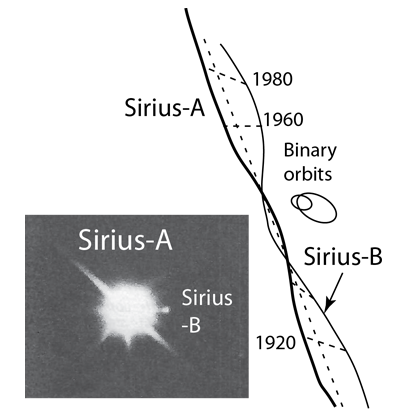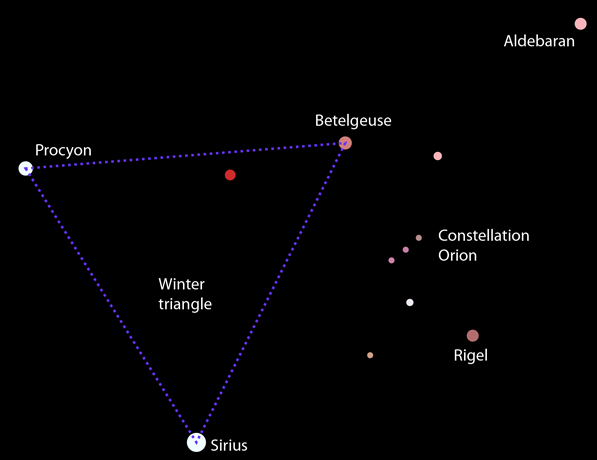The Chandrasekhar Limit for White Dwarfs
The calculation of the maximum mass of 1.44 solar masses for a white dwarf was done by Subrahmanyan Chandrasekhar on a ship on the way from India to England to begin graduate study in physics at Cambridge University! This initial calculation was done when he was only 20 and carefully refined by the time he was 22! The naming of the limit for its discoverer seems particularly appropriate in light of the intense personal story which surrounds it. Chandrasekhar was interested in the final states of collapsed stars as determined by electron degeneracy and had used the work of Arthur S. Eddington and Ralph H. Fowler to begin his calculations. He realized that they hadn't included relativity in their calculations. When he revised their equations to include relativity, he found that above a certain limit there was no solution. This implied that for masses above 1.44 solar masses there could be no balance between electron degeneracy and the crushing gravitational force and that the star would continue to collapse.
The poignancy of the situation for this young, essentially self-taught, physicist was that Eddington strongly resisted his ideas for years! Eddington's public and vocal opposition made Chandrasekhar's life so difficult that at age 29 he wrote a definitive book on the subject of stellar structure, determined to close that subject and pursue other interests. In the process, he produced a work which defined the subject for years afterward and is regarded as a classic.
To Eddington's credit, he later acknowledged the value and correctness of Chandrasekhar's work as he wrote about the remarkable white dwarf Sirius-B: "The message of the Companion of Sirius when it was decoded ran:'I am composed of material 3,000 times denser than anything you have come across; a ton of my material would be a little nugget that you could put in a matchbox.' What reply can one make to such a message? The reply that most of us made in 1914 was - 'Shut up. Don't talk nonsense.'"
Chandrasekhar himself had no idea what would happen when the limit of 1.44 solar masses was exceeded, except that the star would continue to collapse. Our present understanding is that the collapse will continue until it is stopped by neutron degeneracy with the formation of a neutron star. But even that is not the ultimate limit, since neutron degeneracy can also be overcome by masses greater than 3 solar masses and the ultimate collapse is toward a black hole.
The Chandrasekhar limit came into greater prominence in astrophysics with the recognition of its role in Type-1a supernovae. These supernovae are thought to occur when a white dwarf accretes enough mass to tip it over the Chandrasekhar limit, leading to catastrophic collapse. The implication of this is that since such supernovae all start at about the same mass, their brightnesses ought to be the same and therefore they provide high brightness "standard candles" for distance measurement.
|





